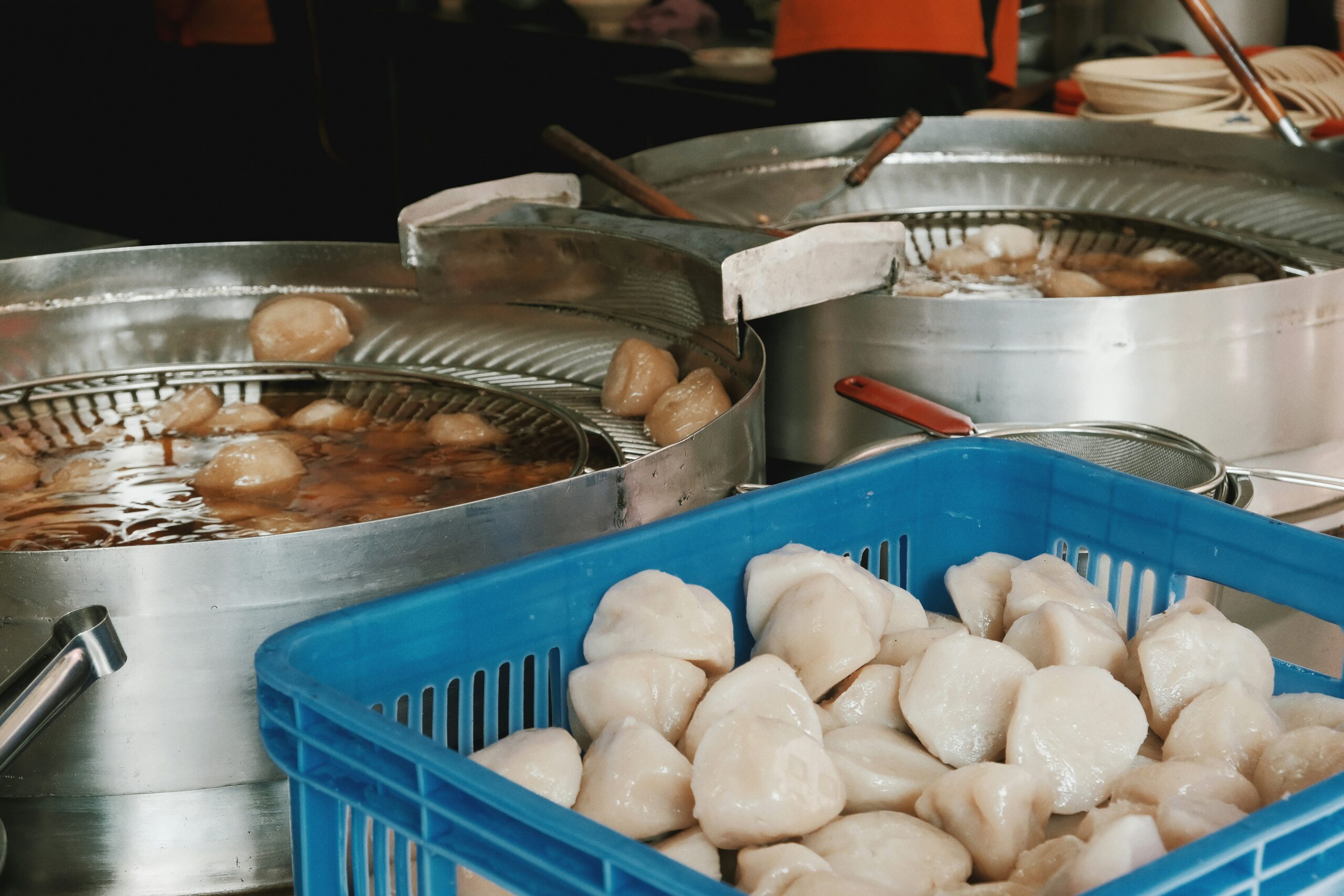Introduction: A Culinary Adventure Awaits
It’s no secret that home cooking has taken center stage in recent years. With the rise of cooking shows, food blogs, and social media influencers showcasing dazzling dishes from around the globe, it’s easier than ever to be inspired to venture beyond the usual spaghetti and meatballs. But where do you begin? How do you transform your kitchen into a culinary hub that embraces global flavors while keeping things simple? Buckle up, because we’re diving into the world of spices, herbs, and techniques that will elevate your home cooking game.
Understanding Global Flavors
To truly elevate your cooking, you need to understand the essence of global flavors. Each cuisine tells a story, influenced by geography, culture, and history. For instance, consider the aromatic spices of Indian cuisine, which can transform a simple vegetable dish into a flavor explosion. Or think about the bright, fresh ingredients typical of Thai cooking, where lime and cilantro dance together in harmony.
Here’s a quick overview of some key flavors from around the world:
- Italian: Think basil, garlic, and rich tomato sauces.
- Mexican: A mix of heat and earthiness from chilies, cumin, and lime.
- Japanese: Umami-rich ingredients like soy sauce, miso, and dashi.
- Middle Eastern: Warm spices such as cumin, coriander, and sumac.
- Indian: A complex blend of spices, including turmeric, cardamom, and garam masala.
Simple Techniques for Flavorful Dishes
Okay, so you’ve got the flavors in mind, but how do you apply them? The good news is that many techniques are straightforward and can be easily integrated into your cooking routine. Here are several techniques that will help you harness those global flavors without a culinary degree.
1. Sautéing: The Foundation of Flavor
Sautéing is a fundamental technique that involves cooking food quickly in a small amount of oil over high heat. It’s the go-to method for developing flavors. Think about how the aroma of onions and garlic sizzling in olive oil can set the stage for a fantastic dish. You can sauté vegetables, proteins, or even spices to build layers of flavor.
For example, starting a curry with sautéed onions, garlic, and ginger is a classic technique that forms the backbone of many Indian dishes. You can easily adapt this method for different cuisines by swapping out ingredients—try bell peppers and cumin for a Mexican twist or leeks and soy sauce for an Asian flair.
2. Marinating: Infusing Flavor
Marinating is a simple yet effective way to elevate the flavor of proteins and vegetables. A marinade typically consists of an acid (like vinegar or citrus juice), oil, and seasonings. The acid helps to tenderize the food while infusing it with flavor.
Take a cue from the Mediterranean and try marinating chicken in olive oil, lemon juice, garlic, and oregano for a few hours before grilling. Not only does this technique enhance flavor, but it also adds a juicy texture that’s hard to resist.
3. Roasting: The Power of Caramelization
Roasting is another straightforward technique that brings out the natural sweetness and flavors of ingredients. By cooking them in the oven at high heat, you allow the sugars to caramelize. This is especially effective for vegetables like carrots, sweet potatoes, or Brussels sprouts.
Consider roasting a medley of root vegetables with olive oil, salt, and a sprinkle of za’atar (a Middle Eastern spice blend) for an aromatic side dish that pairs perfectly with any main course. The beauty of roasting is that it requires minimal effort—just chop, toss, and let the oven do the work.
Embracing Spices and Herbs
No discussion of global flavors would be complete without delving into the world of spices and herbs. These tiny powerhouses can dramatically change the character of a dish. While it may seem daunting at first (I can almost hear the spice rack groaning under pressure), the secret lies in understanding how to use them effectively.
The Spice Cabinet Essentials
To get started, here’s a shortlist of essential spices to have on hand:
- Cumin: Earthy and warm; perfect for Mexican and Middle Eastern dishes.
- Turmeric: Vibrant yellow color; great in curries and rice dishes.
- Paprika: Adds mild heat and a rich color, excellent in stews and marinades.
- Coriander: Bright and citrusy; complements many cuisines, especially Indian and Thai.
- Black Pepper: The universal seasoning that elevates nearly every dish.
Herbs: Fresh vs. Dried
When it comes to herbs, you can choose between fresh and dried, and both have their merits. Fresh herbs like cilantro, basil, and parsley can add a burst of flavor when sprinkled on a dish just before serving. On the other hand, dried herbs are often more concentrated and can stand up to longer cooking times.
Don’t be afraid to experiment with combinations! I once made a pasta dish that combined fresh basil and dried oregano, and it was a game-changer. Just remember, when using dried herbs, you typically need less—about one-third the amount compared to fresh.
Incorporating Global Techniques
Aside from spices, learning about global cooking techniques can also enhance your culinary repertoire. Here are a few noteworthy methods that are both accessible and effective:
1. Stir-Frying: Quick and Colorful
Originating from Asia, stir-frying involves cooking ingredients quickly over high heat in a wok or large skillet. The key is to have all your ingredients prepped and ready to go, as the cooking process happens rapidly. Stir-frying is particularly effective for preserving the color and crunch of vegetables while infusing them with flavor.
Think about whipping up a quick stir-fry with bell peppers, broccoli, and tofu tossed in soy sauce, ginger, and sesame oil. It’s not just delicious; it’s also a vibrant dish that will impress anyone at your dinner table.
2. Braising: Low and Slow
Braising is a technique that involves cooking food slowly in a small amount of liquid, allowing flavors to meld beautifully. This method is perfect for tougher cuts of meat; as they cook low and slow, they become tender and flavorful.
Picture a hearty beef bourguignon simmering away on a chilly evening. The combination of red wine, aromatic vegetables, and herbs creates a dish so comforting that you might just want to curl up next to it. (Okay, maybe not literally, but you get the idea.)
3. Blending: Smooth and Creamy
Blending is a technique that can take your soups and sauces from ordinary to extraordinary. Using a blender to puree ingredients can create a smooth and creamy texture that showcases the flavors beautifully. For example, a classic tomato soup becomes a gourmet delight when blended with fresh basil and a drizzle of olive oil.
Even smoothies are a delicious way to incorporate fruits and vegetables into your diet. I still remember the first time I made a green smoothie—it felt like drinking a salad, but in the best possible way!
Exploring Global Cuisines
Now that you have a grasp of flavors and techniques, it’s time to explore specific cuisines. Each offers a unique perspective on cooking, and you might just find a new favorite along the way.
Italian Cuisine: The Art of Simplicity
Italian cooking is often celebrated for its simplicity. With just a handful of high-quality ingredients, you can create a mouthwatering dish. Think about a classic Caprese salad, made with ripe tomatoes, fresh mozzarella, basil, and a drizzle of balsamic reduction. It’s all about letting the ingredients shine.
Don’t overlook pasta, either. A simple spaghetti aglio e olio (garlic and oil) is a testament to Italian culinary philosophy. With just a few ingredients, you can whip up a dish that is both comforting and full of flavor.
Mexican Cuisine: A Fiesta for the Senses
If you’re seeking bold flavors, Mexican cuisine is the way to go. From tacos bursting with fresh ingredients to salsas that pack a punch, there’s a vibrancy that’s hard to resist.
Consider trying your hand at homemade guacamole. Just mash ripe avocados with lime juice, cilantro, and diced tomatoes for a dip that will have everyone reaching for the chips. And don’t forget the importance of tortillas—homemade or store-bought, they’re essential for an authentic experience.
Indian Cuisine: A Symphony of Spices
Indian cuisine is like a colorful tapestry woven with spices and flavors that tell a story. The use of spices like turmeric, cumin, and coriander creates an explosion of tastes in every bite.
Consider cooking a simple chicken tikka masala. Marinate chicken pieces in yogurt and spices, grill them, and then simmer in a creamy tomato sauce. It’s a dish that transports you straight to the bustling streets of Delhi (if only in your imagination).
Thai Cuisine: A Balance of Flavors
Thai cooking is all about balance—sweet, salty, sour, and spicy. Dishes like pad Thai and green curry demonstrate the harmony of these elements beautifully.
Try making a classic Thai curry at home. Start with a homemade curry paste, combining ingredients like lemongrass, galangal, and green chilies, then simmer with coconut milk and your choice of protein and vegetables. The aroma alone is enough to keep you coming back for seconds.
Final Thoughts: Your Culinary Journey
Embarking on a journey to elevate your home cooking with global flavors is not just about trying new recipes; it’s about embracing a world of culinary possibilities. Each dish you create tells a story, reflecting cultures and traditions that span the globe.
Remember that cooking is an art form, and like any artist, you’ll have your successes and your “experiments” (I still recall a particularly questionable attempt at a fusion dish that I’d rather forget). But that’s all part of the process. With each dish, you’ll gain confidence, discover new tastes, and maybe even create a few signature recipes of your own.
So, gather your spices, roll up your sleeves, and let the flavors of the world inspire you in your kitchen. The next time you find yourself hovering over a pot of boiling water, remember: the world is your oyster—or perhaps a bowl of pho. Happy cooking!




